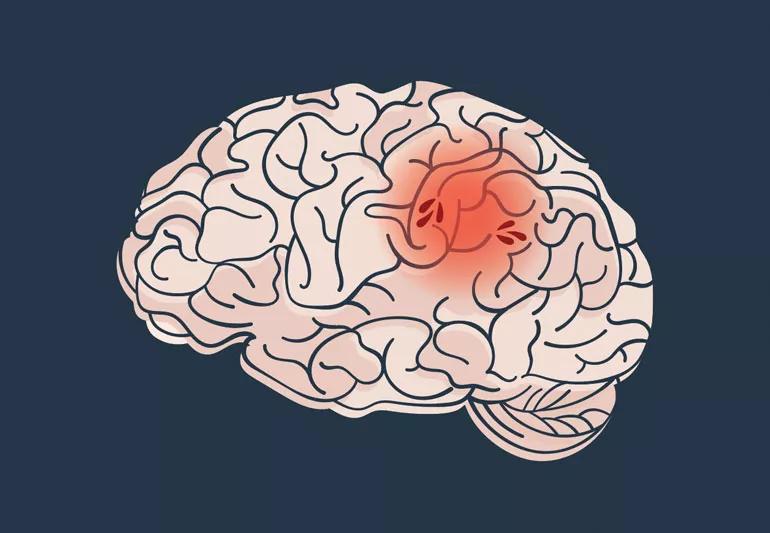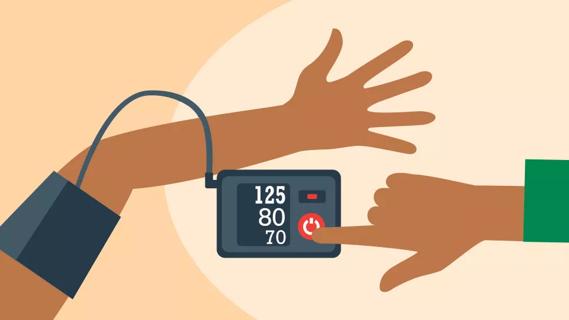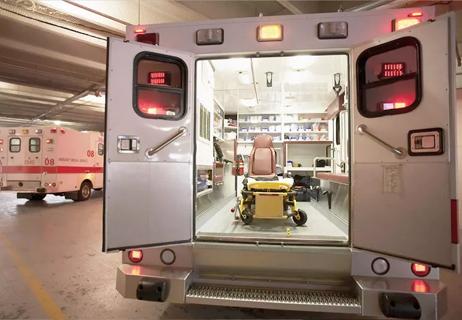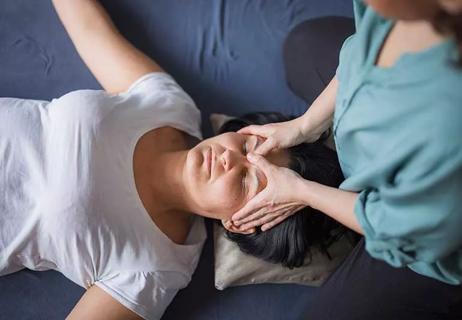Act fast: Your risk for recurrent stroke is highest just after your first stroke

Each year in the United States, close to 800,000 ischemic strokes occur. Around 25% of them are recurrent — meaning they are not the first stroke a person has. Lack of blood flow to the brain — from a blood clot or blocked vessel — causes ischemic strokes.
Cleveland Clinic is a non-profit academic medical center. Advertising on our site helps support our mission. We do not endorse non-Cleveland Clinic products or services. Policy
“Your risk of a second stroke is highest within the first two days,” says neurologist Blake Buletko, MD. “But you remain most vulnerable for up to three months and even up to one year after the first stroke.”
Those most vulnerable for a second stroke are people over age 80, males, African Americans and people with strong family history or genetic predisposition to stroke.
The causes of a second (third or fourth) stroke are often the same as for primary strokes:
“If you’ve experienced an ischemic stroke, your neurologist will likely perform tests to rule out cardiac abnormalities or significant plaque buildup in arteries,” says Dr. Buletko. “In the event you are diagnosed with one of these conditions, your neurologist will likely use a leading-edge therapy to both treat and prevent another stroke.”
In addition to medications and procedures, lifestyle adjustments lessen your chance of a recurrent stroke. You can help prevent a second stroke by:
“As with risk factors, the warning signs for a recurrent stroke are the same as for a first stroke,” says Dr. Buletko. “I use the acronym BE FAST to help patients remember stroke symptoms.”
Learn more about our editorial process.

You can counter the risk of prediabetes-related heart attack or stroke by eating more fruits, vegetables and whole grains, as well as exercising regularly

An ideal blood pressure is less than 120 mm Hg systolic and less than 80 mm Hg diastolic

Your age, the type of stroke you had, the cause and the location can all impact your recovery

It can be overwhelming, but habit changes help lower your risk of another stroke

This common sugar substitute is linked to heart attack and stroke

The short answer from a cerebrovascular expert

Replace sugary drinks with healthier beverages

Cut back on foods made with added sugars, trans fats, refined carbs, omega-6 fatty acids and processed meats

Your metabolism may torch 1,300 to 2,000 calories daily with no activity

A gentle touch in all the right places may help drain your sinuses